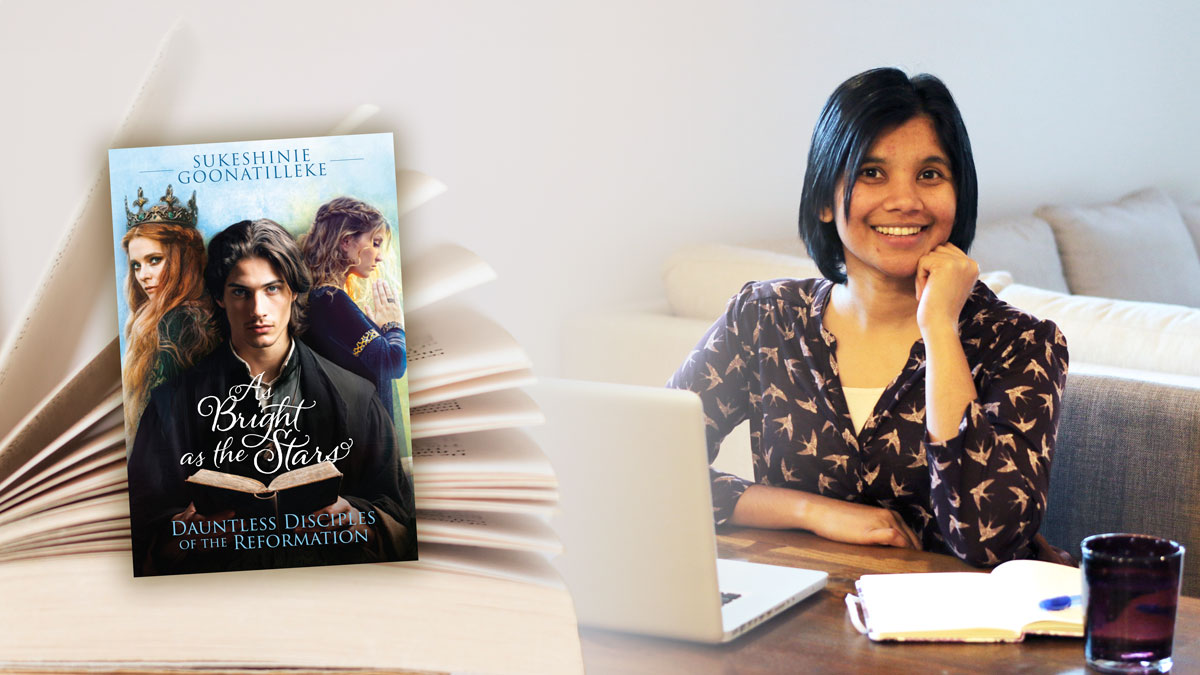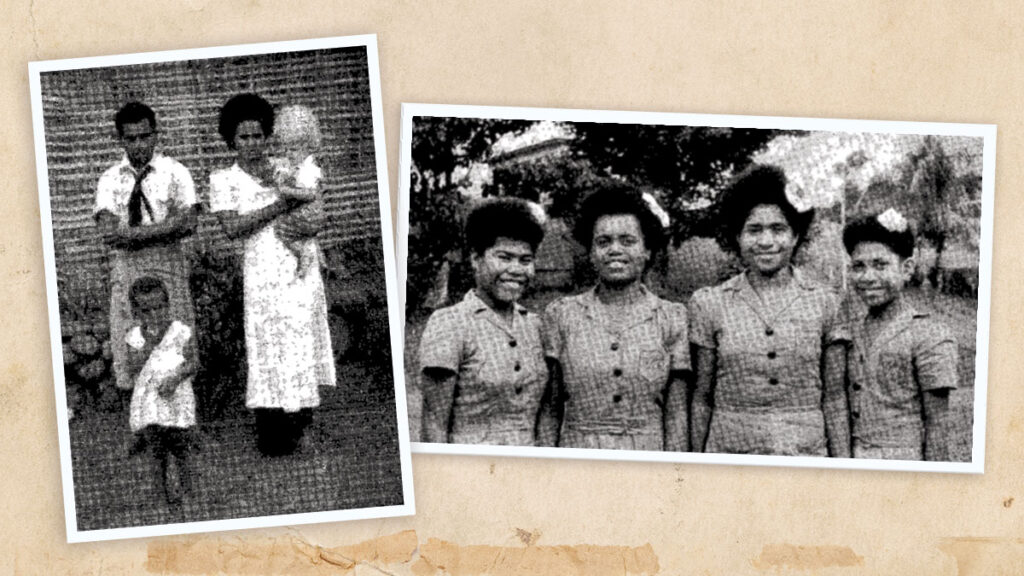After the success of Sisters in Arms, author Sukeshine Goonatilleke has re-told four more stories from the Reformation in As Bright as the Stars. Suki works and lives in Melbourne with her family and spoke recently about her books and the things we can learn from these stories.
Both of your books feature stories from the Reformation. Why do you have such an interest in this period of history?
When I was young, I read The Great Controversy with my mother and the chapters that stuck with me were the ones surrounding the Reformation. As I grew older and started studying Bible prophecy, especially the book of Revelation, I began to realise that religious liberty and worship would be two of the significant issues the world will grapple with just before Jesus’ second coming. The Reformation forced people to confront these issues in ways that you don’t see in other periods of history. It was almost like the beginning of consciousness after a long sleep. Europe and even the world had been oblivious to the fundamental right of religious liberty—and the importance of Scripture as an arbiter for truth. The Reformation created awareness of these problems and began to clarify them. I wanted to talk about that. I don’t think I’m done talking about it either!
Your first book—Sisters in Arms—focused on courageous women of the Reformation. What are some of the significant ways women contributed to this period of change?
Most women didn’t have a lot of agency or access to education in early modern Europe. Those who did were generally from the nobility or royalty. Some women in convents also had access to certain aspects of education but, by and large, women were excluded from gaining an education or holding positions of influence. Yet, despite these handicaps, women contributed to the Reformation in significant ways. They wrote books, testimonies and pamphlets, translated the Bible, engaged in advocacy on behalf of the poor, and sheltered reformers who were forced to flee persecution.
Tell us about the title of your new book. What does As Bright as the Stars refer to?
The four stories in As Bright as the Stars explore the theme of personal evangelism and discipleship in the Reformation. How did the movement spread? How did individuals impact each other? What did interconnected networks look like and how did they work to spread the message? The work of sharing the gospel is what enables each of us to shine as bright as the stars. Daniel 12:3 describes that well: “Those who are wise shall shine like the brightness of the firmament, and those who turn many to righteousness like the stars forever and ever.” It was the play on these words within Daniel 12:3 and their reference to evangelism that shaped the title of the book.
Did you learn anything unexpected about discipleship during the Reformation?
Not unexpected, but encouraging. The Reformation changed the face of Europe—and by extension the world. And it all began with individuals standing for the truth and having the courage to share their convictions with others. That’s it. I am drawn to this reality—that one person standing for the truth, for the right, can genuinely make a difference. Seeing this pattern in the Reformation inspired me.
Do you have a favourite character in your new book?
Jane Grey. Writing her story took me on a such a rollercoaster ride of emotion. When I ended the story, I felt like I knew her. She had tucked herself into a corner of my heart in a way none of the others characters had. She was intelligent, spiritual, brave and feisty. I love her, flaws and all.
What do you hope people take away from these stories?
The importance of knowing what they believe and why they believe it. And a commitment to making Jesus known to others.
As Bright as the Stars and Sisters in Arms are available from Adventist bookshops in Australia and New Zealand, or online.






